
Side Effects and Dietary Recommendations Post Gallbladder Surgery
Life After Gallbladder Removal: What to Expect and How to Recover Smoothly
Undergoing gallbladder surgery, or cholecystectomy, is a common medical procedure performed to treat gallstones, inflammation, or other gallbladder-related issues. Although the gallbladder plays a role in digesting fats, it is not essential for survival. Still, its removal can lead to several adjustments within your digestive system. Understanding these changes — and knowing how to adapt your diet and lifestyle — can make recovery far easier and help you maintain long-term digestive health.
How Your Body Changes After Gallbladder Surgery
Once the gallbladder is removed, bile — the digestive fluid produced by the liver — no longer has a storage reservoir. Instead, it flows continuously and directly from the liver into the small intestine. While this process still enables digestion, it alters the timing and concentration of bile entering your digestive tract. These shifts can sometimes cause temporary side effects as your body adapts.
Common Post-Surgery Symptoms
-
Diarrhea: Around 1 in 5 patients experience diarrhea after surgery. The continuous trickle of bile into the intestines can speed up digestion and lead to looser stools.
-
Bloating and Gas: Because bile is less concentrated, the breakdown of fatty foods becomes less efficient, often leading to gas or bloating after meals.
-
Post-Cholecystectomy Syndrome (PCS): Some people experience ongoing symptoms such as upper abdominal pain, nausea, or indigestion due to irregular bile flow or retained bile duct stones.
-
Bile Acid Malabsorption: In some cases, excess bile entering the colon overwhelms the body’s ability to reabsorb it, resulting in chronic diarrhea or discomfort.
Appetite and Weight Changes
After surgery, it’s common to notice shifts in appetite or body weight as your digestive system adjusts to its new rhythm.
-
Food Intolerances: Fatty, fried, or greasy foods may trigger discomfort, nausea, or bloating. Many patients find they need to limit such foods temporarily — or even long term — to avoid digestive distress.
-
Weight Fluctuations: Some individuals lose weight initially due to reduced appetite or dietary restrictions, while others may gain weight over time as digestion stabilizes. The key is to listen to your body and maintain a balanced, nutrient-rich diet.
If persistent symptoms or significant weight changes occur, it’s best to consult your healthcare provider or a dietitian specializing in post-gallbladder recovery.
The Ideal Diet After Gallbladder Surgery
A well-structured post-cholecystectomy diet supports your digestive system as it learns to function without the gallbladder’s bile storage role. The following recommendations can minimize discomfort and promote healing:
1. Stay Hydrated
Hydration is crucial, especially if you’re experiencing diarrhea. Drink plenty of water, clear broths, or electrolyte-infused beverages to replenish lost fluids and maintain digestive balance.
2. Choose Low-Fat Foods
Stick to foods that are naturally low in fat. Opt for:
-
Lean proteins like chicken, fish, tofu, or turkey.
-
Whole grains such as oatmeal, brown rice, or quinoa.
-
Fruits and vegetables that are lightly cooked or steamed for easier digestion.
-
Low-fat dairy products to provide calcium without overloading your system with fat.
Avoid fried foods, butter-heavy sauces, and processed snacks that can overwhelm the bile’s reduced fat-dissolving capacity.
3. Add Fiber Gradually
Fiber supports digestion but can cause bloating if introduced too quickly. Start with small portions of oats, beans, lentils, or whole-grain bread, and gradually increase your intake over several weeks.
4. Avoid Digestive Irritants
Limit foods and drinks known to irritate the digestive tract, including:
-
Spicy dishes
-
Caffeinated beverages like coffee or energy drinks
-
Alcohol
-
Sugary desserts or carbonated drinks
Keeping a food journal can help you identify which foods trigger discomfort, so you can tailor your diet accordingly.
Recovery Tips for a Healthier Transition
Beyond diet, small lifestyle adjustments can improve comfort and speed up recovery:
-
Eat smaller, more frequent meals instead of large portions to prevent overloading your digestive system.
-
Chew food slowly and thoroughly to aid digestion and reduce bloating.
-
Stay active, but avoid strenuous exercise until your doctor clears you for it. Light walking helps stimulate digestion and circulation.
-
Get adequate rest — your body heals best when it’s well-rested and stress levels are low.
When to Call Your Doctor
Most side effects fade within a few weeks, but if you notice persistent pain, yellowing of the skin or eyes (jaundice), severe diarrhea, or fever, contact your doctor promptly. These may indicate a bile duct issue or infection requiring medical attention.
Final Thoughts
Recovering from gallbladder removal surgery is usually smooth, but it requires patience and mindful care. By making thoughtful food choices, staying hydrated, and paying attention to your body’s signals, you can support healthy digestion and return to your normal routine with confidence.
While life without a gallbladder might require some dietary adjustments, most people find they can live comfortably — and even more healthfully — once their system adapts. Over time, your liver and digestive tract will naturally adjust, allowing you to enjoy a wide variety of foods once again.
News in the same category

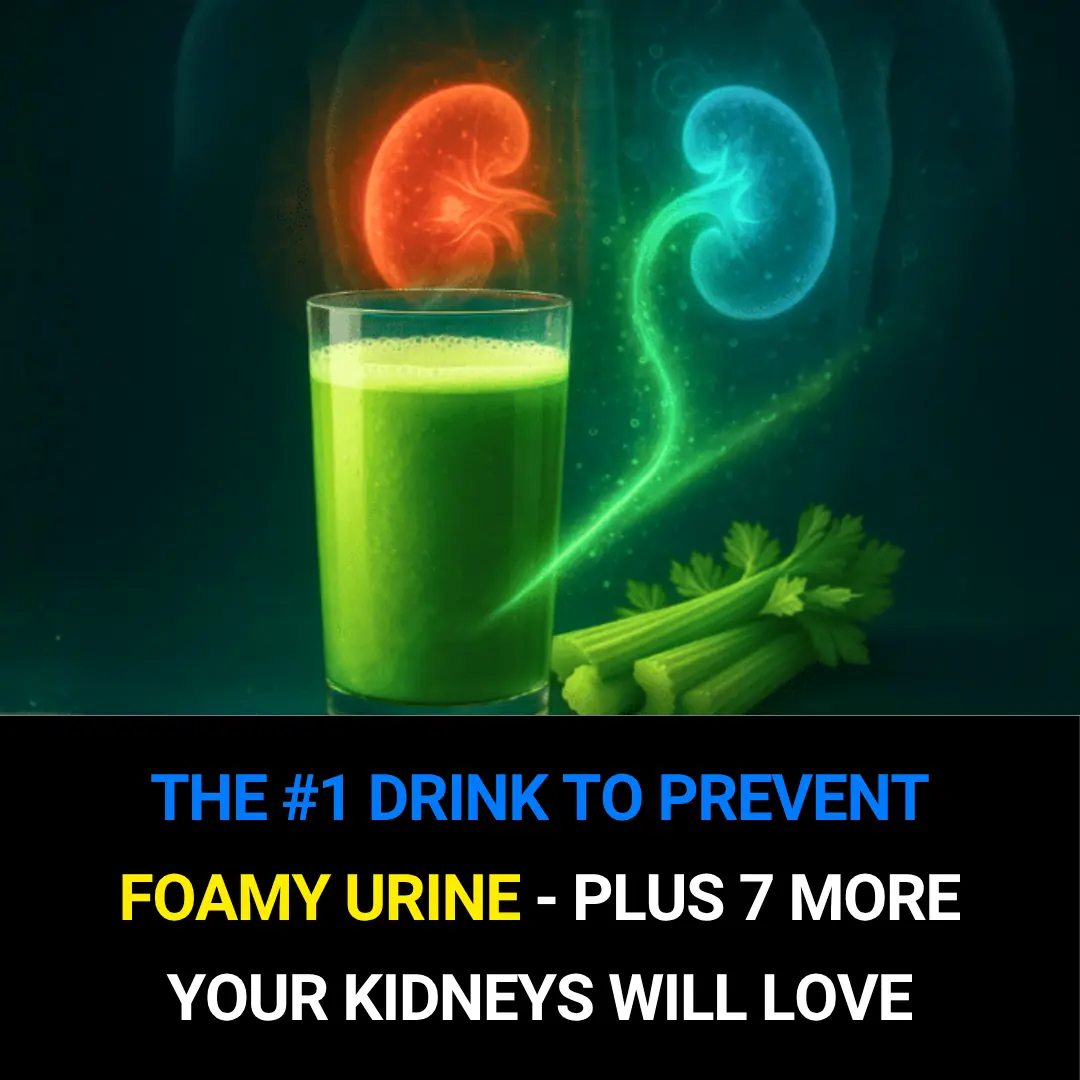
The #1 Drink to Prevent Foamy Urine — Plus 7 More Your Kidneys Will Thank You For
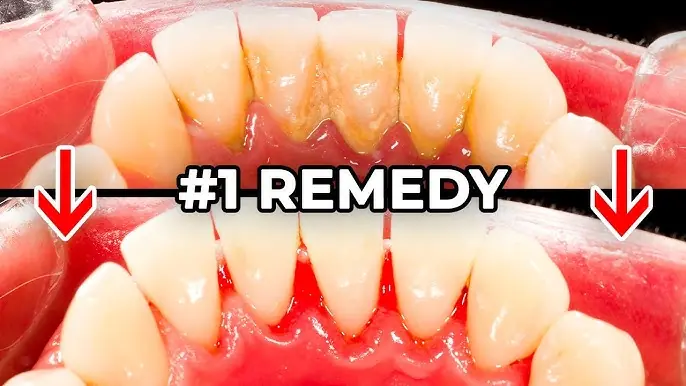
The #1 Most Effective Remedy for Dental Plaque (And How to Beat Tartar at Home)
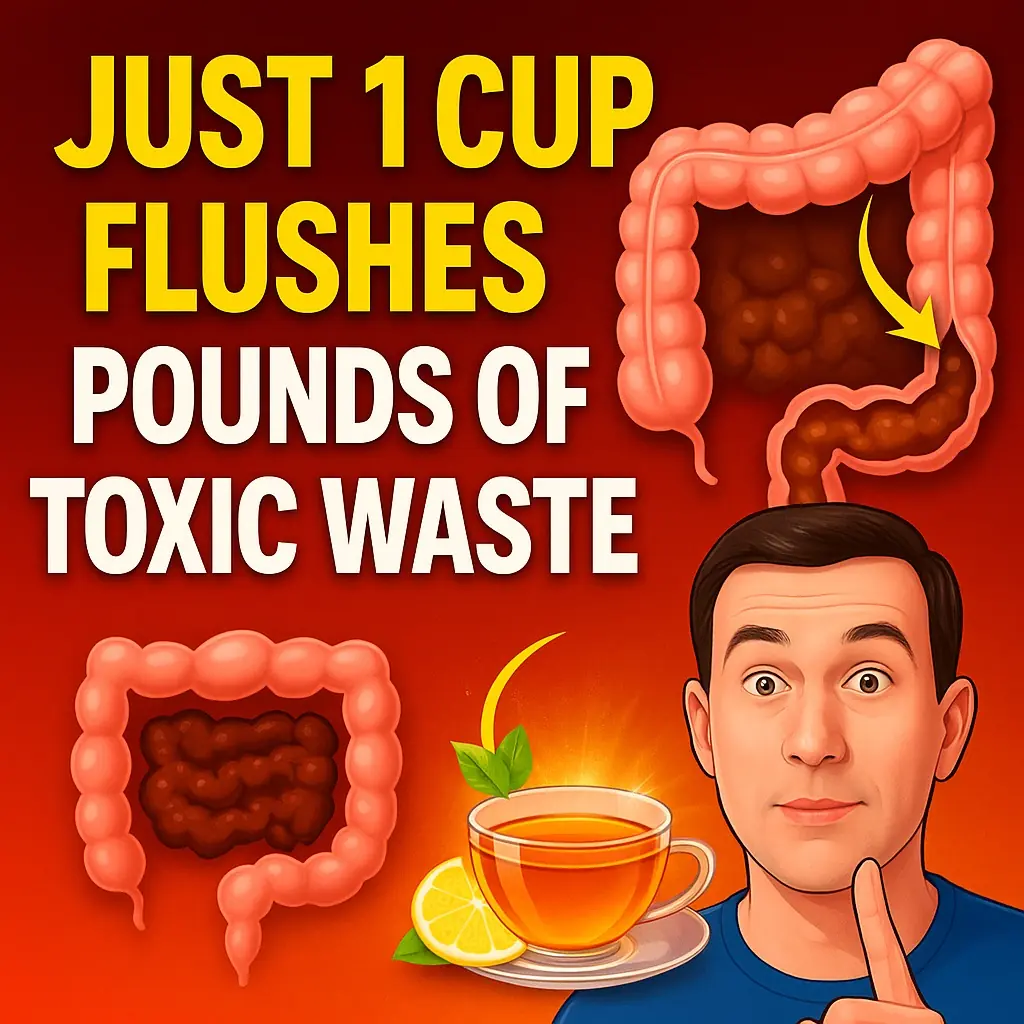
JUST 1 CUP FLUSHES POUNDS OF TOXIC WASTE
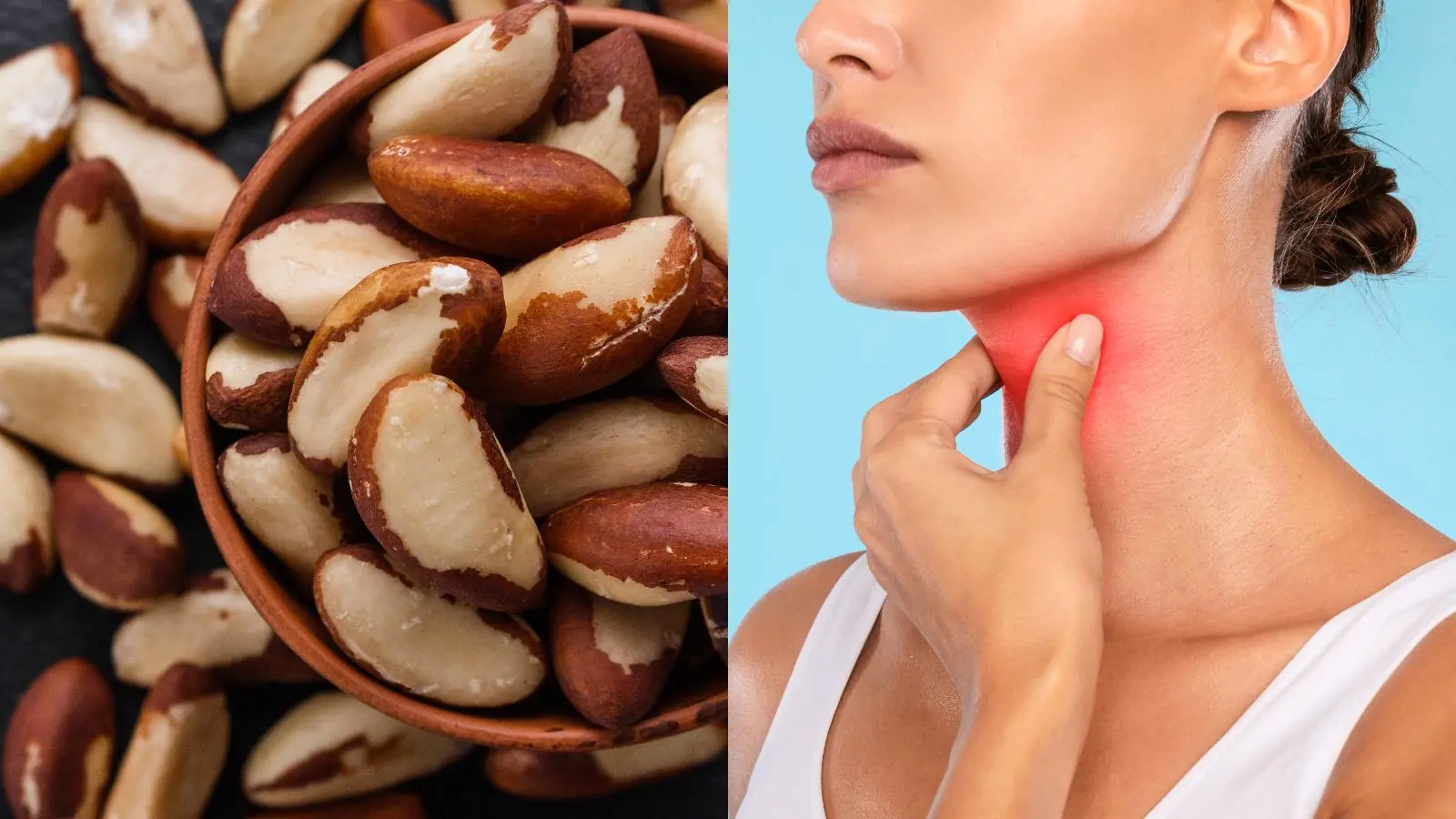
Just 2 Nuts a Day Can Support Your Thyroid, Help With Weight Loss, and Balance Blood Sugar
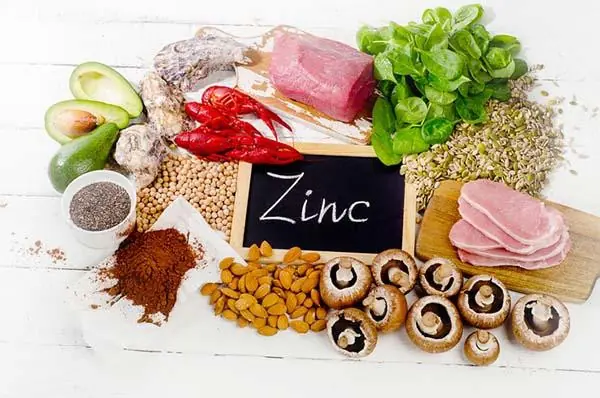
Zinc Deficiency Triggers Inflammation in Your Body — Here’s What to Eat to Fix It
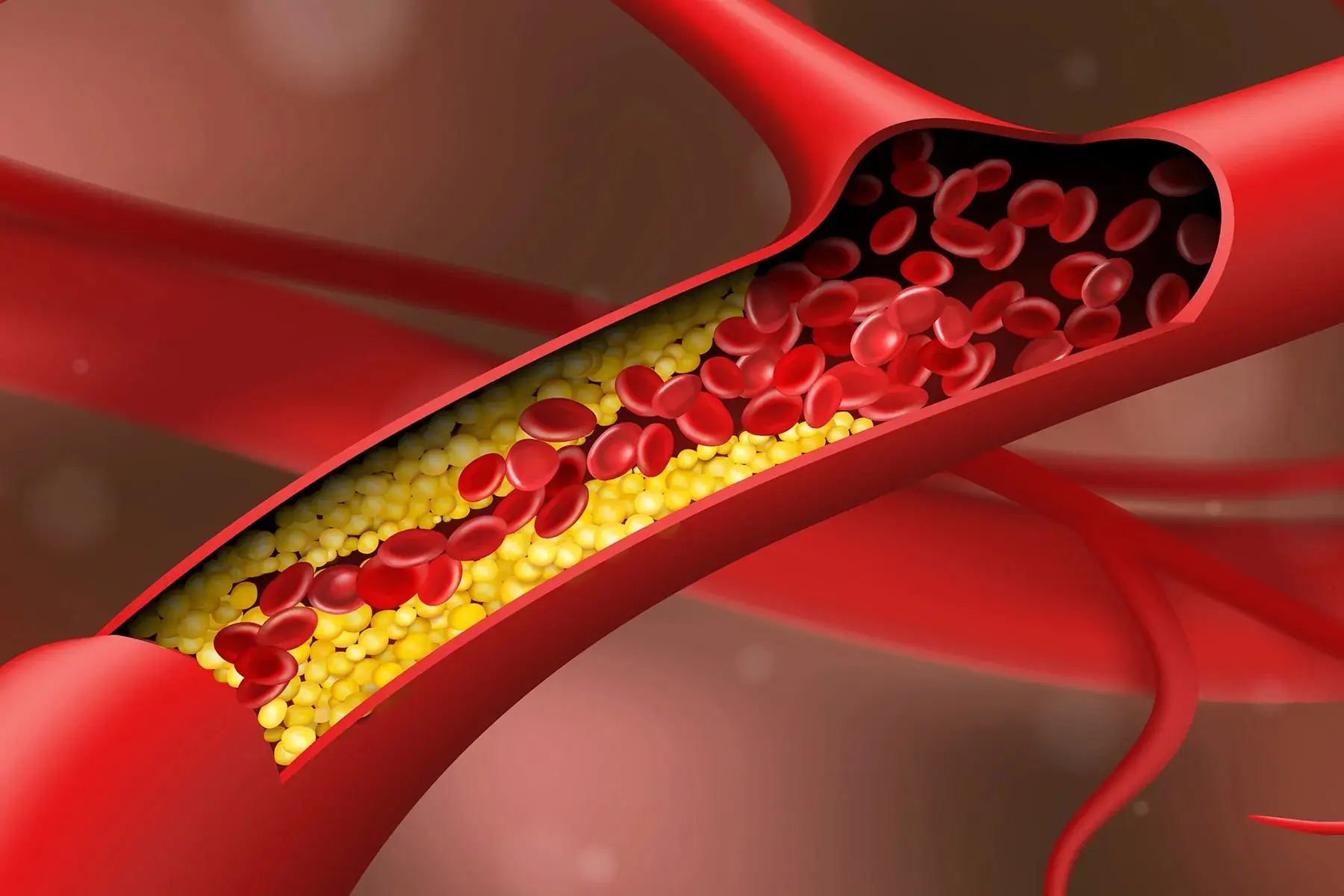
CLEANSE CLOGGED ARTERIES WITHOUT MEDICATION
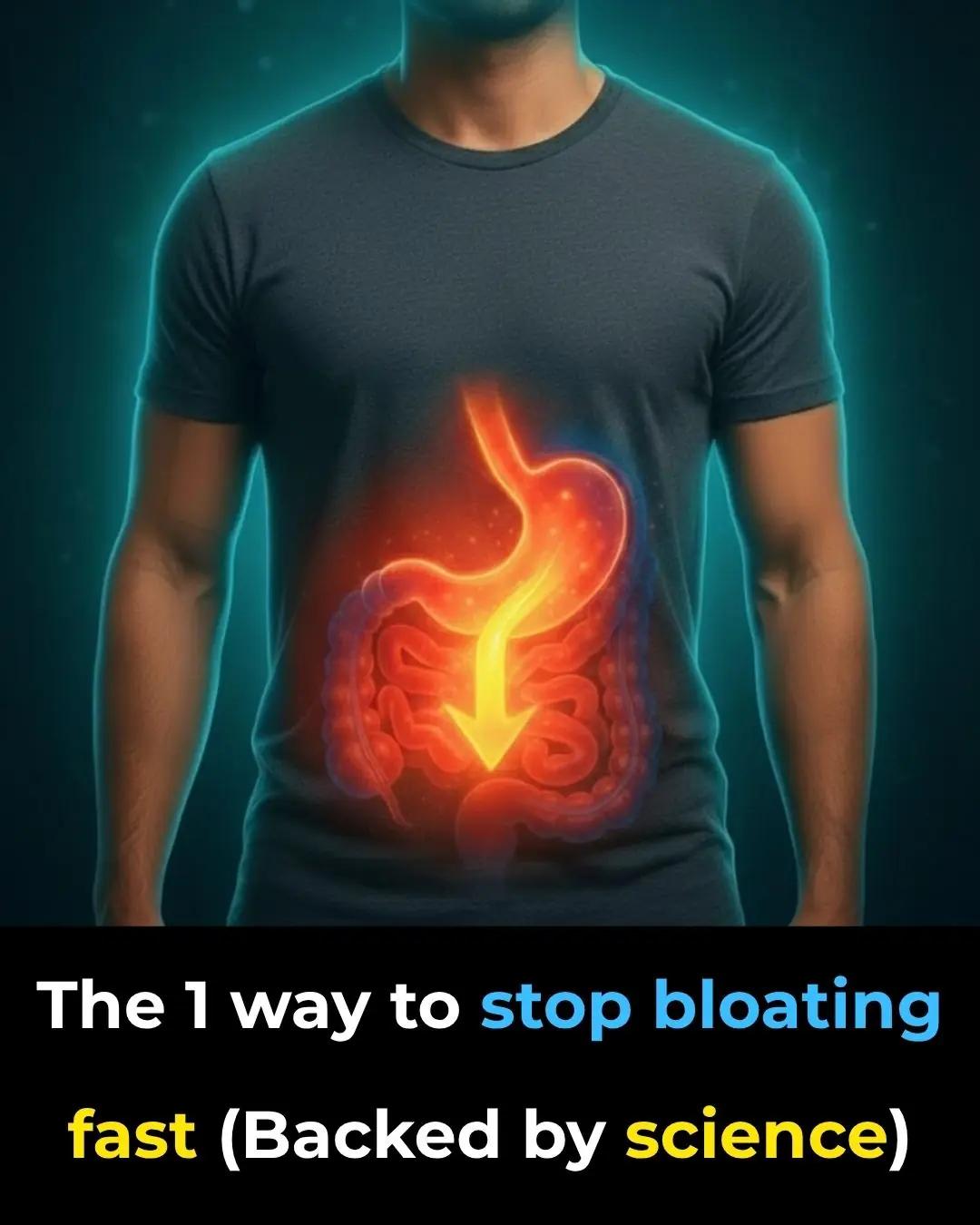
The #1 Way To Stop Bloating Fast
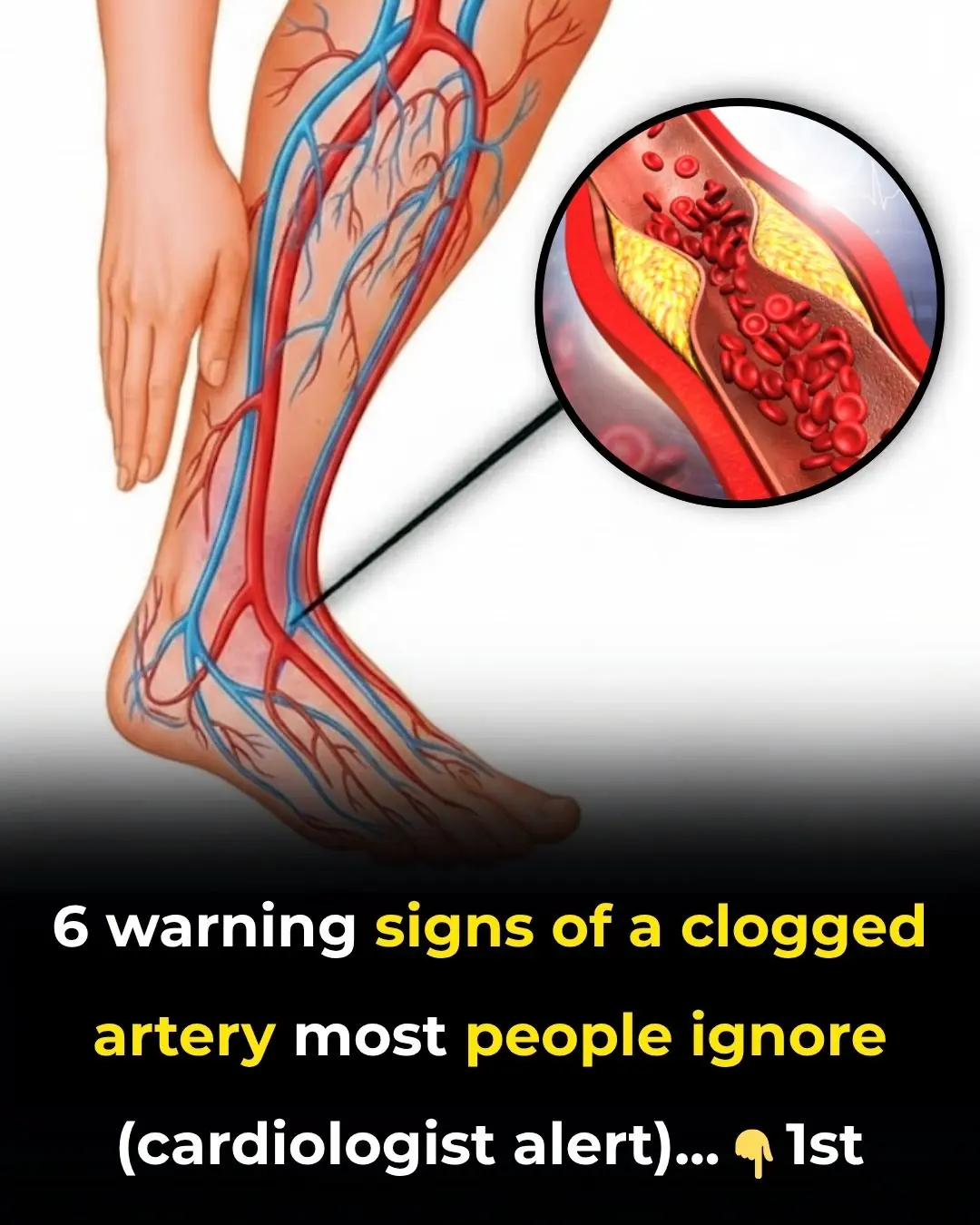
6 warning signs of a clogged artery most people ignore (cardiologist alert)
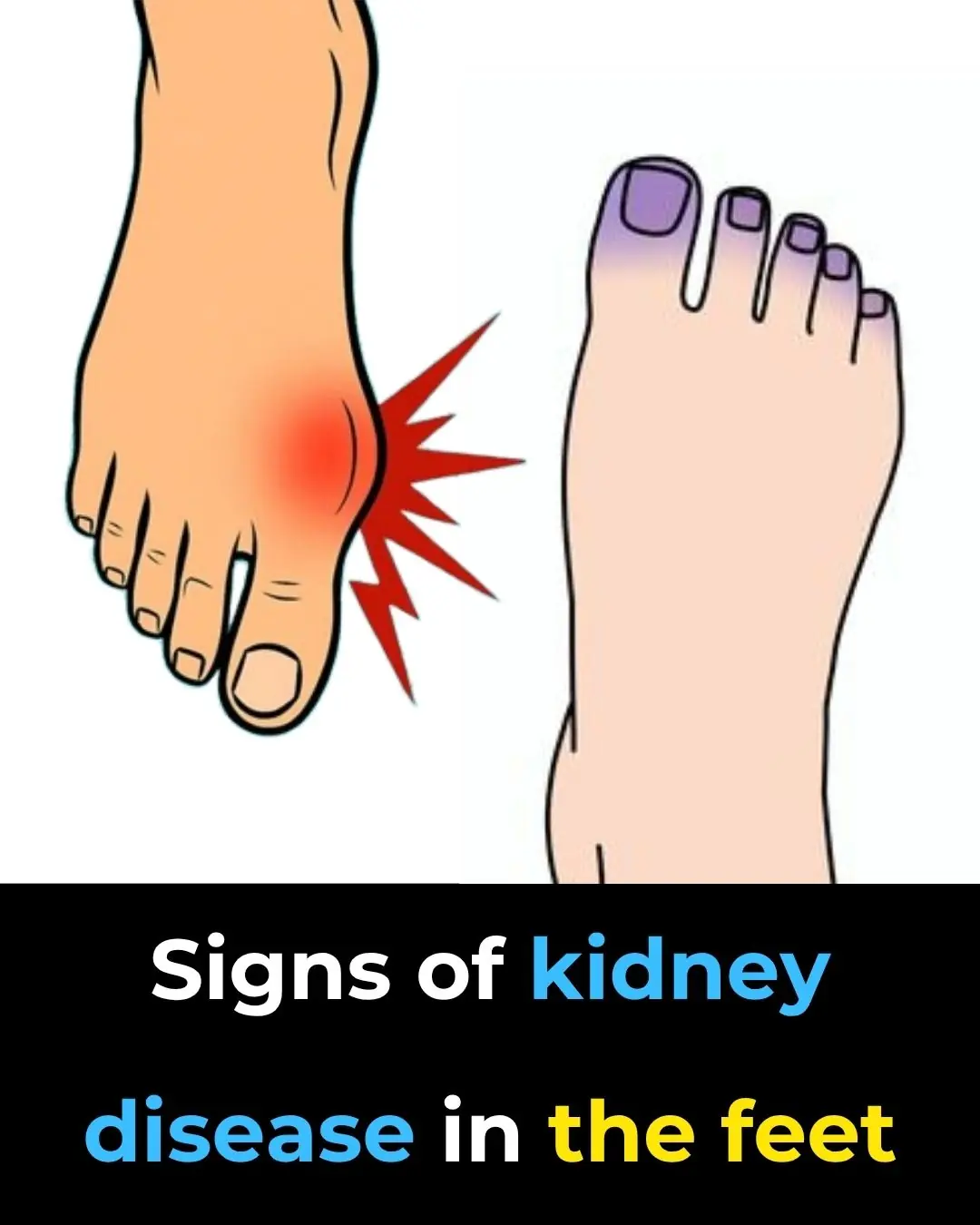
Foot Symptoms That Could Signal Kidney Problems
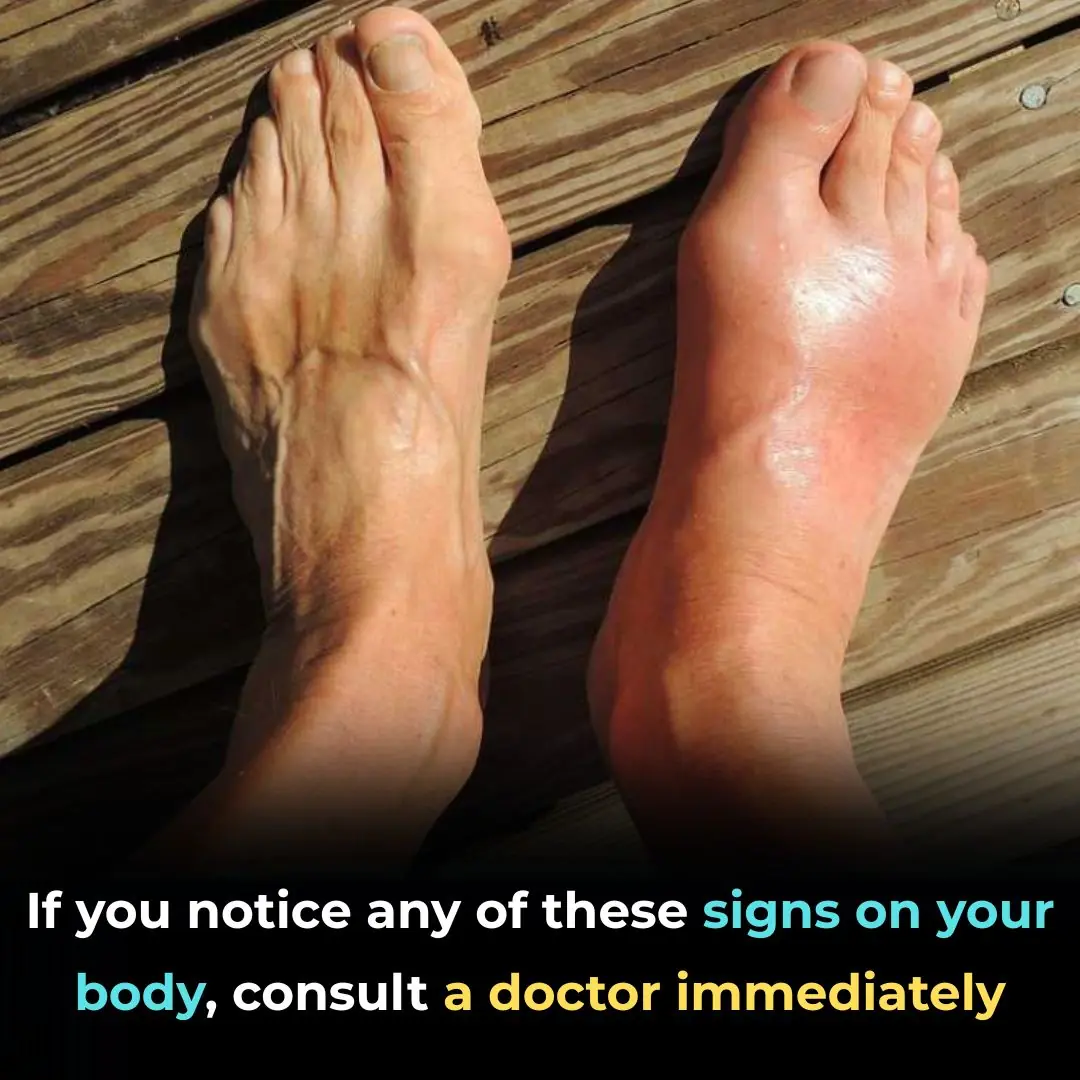
Redness Swelling and Warmth in One Leg
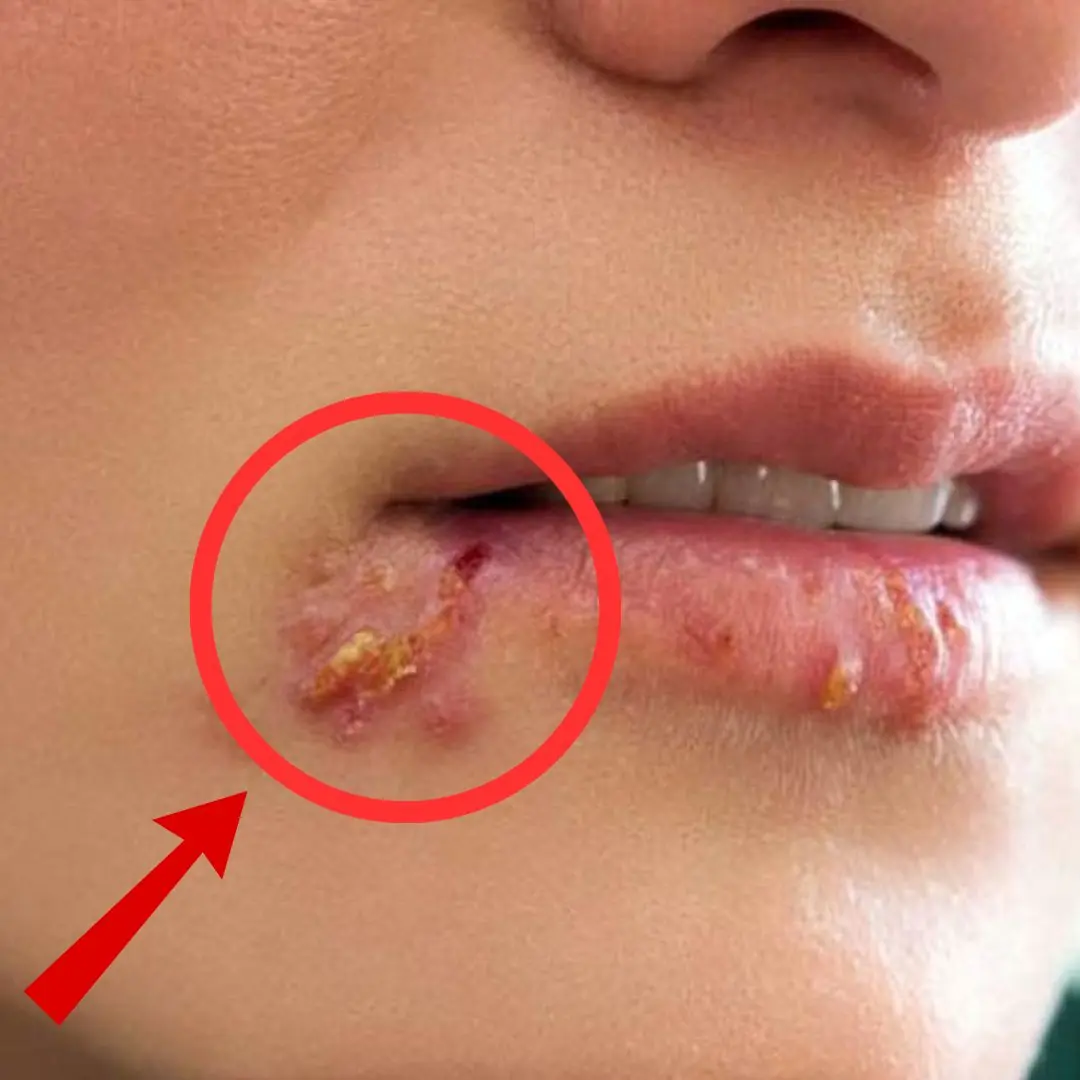
These are the signs that he is...read more
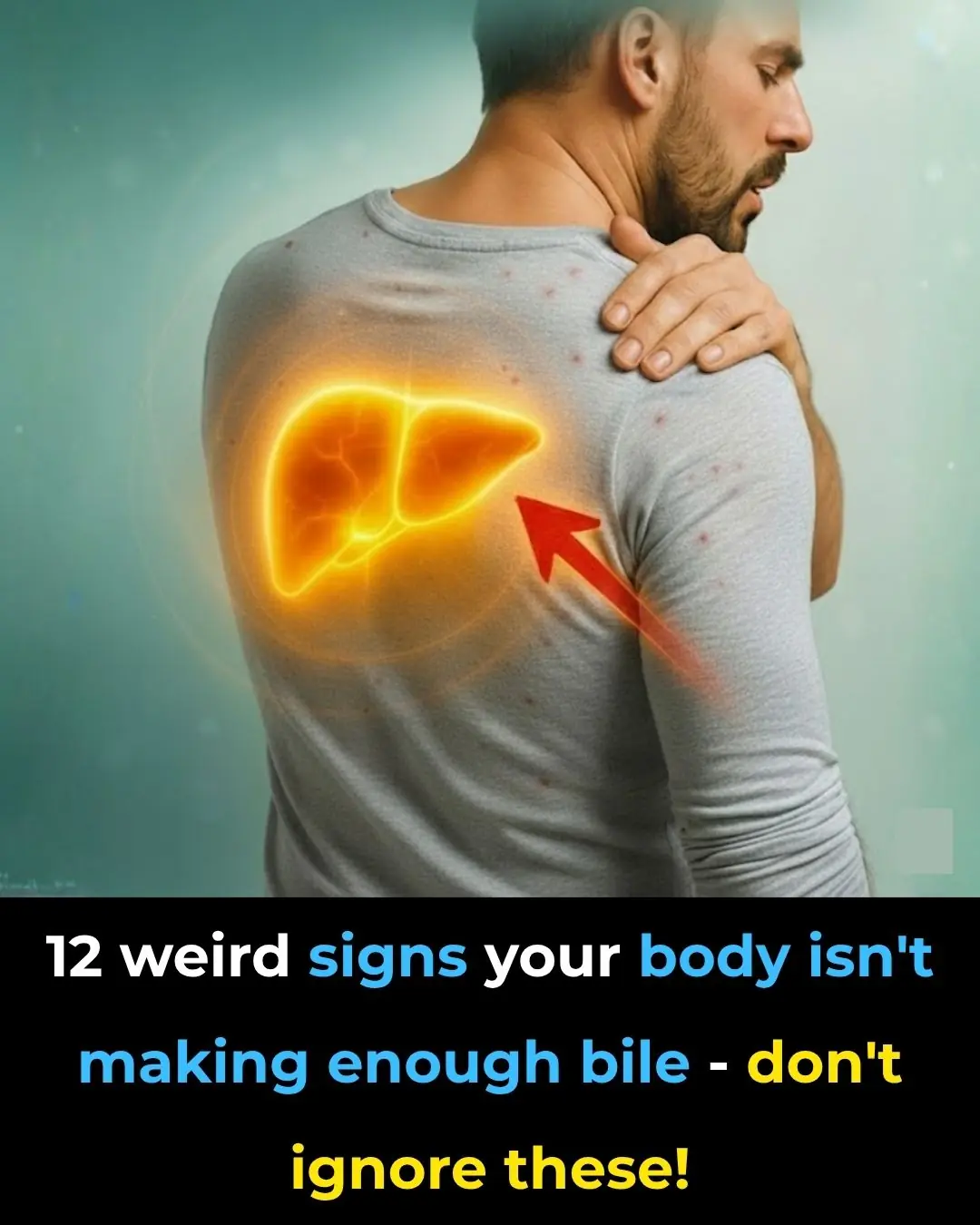
12 weird signs your body isn’t making enough bile—don’t ignore these!
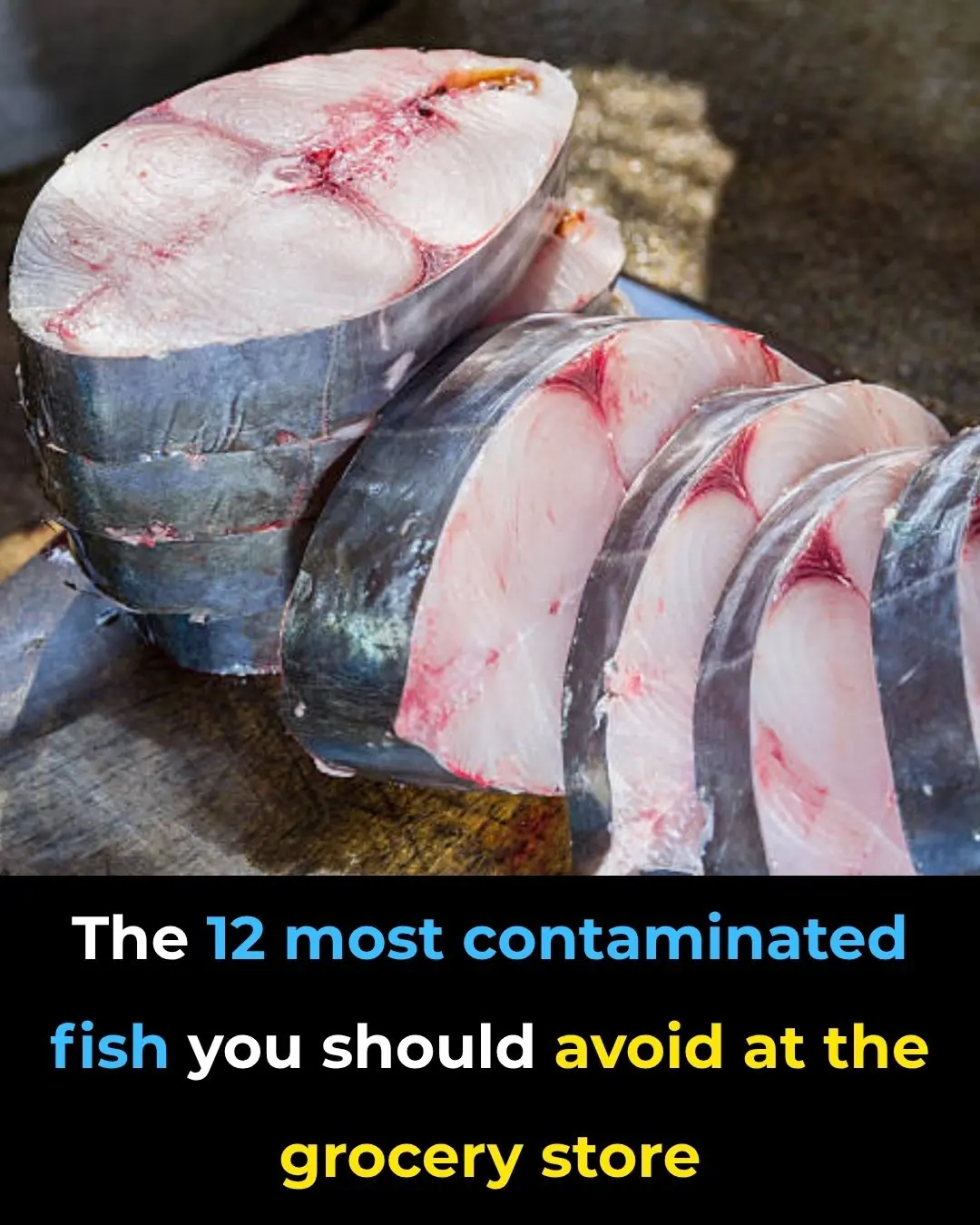
12 Fish Species You Need to Know to Avoid

🩺 Unusual Case of Sweet Syndrome Triggered by New Inhaler Therapy in Primary Care
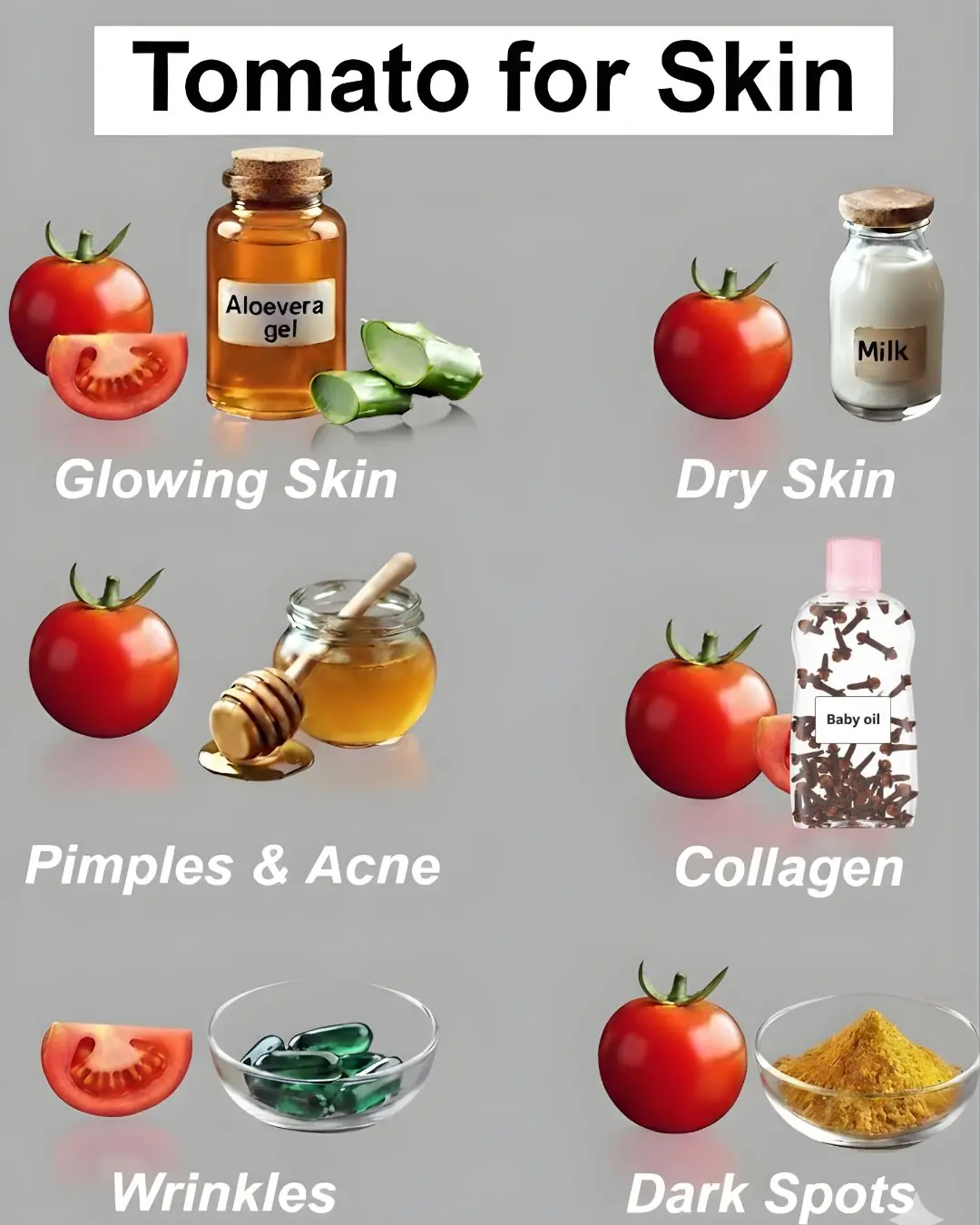
Tomato Benefits for Skin – Rub Tomato Slice on Face
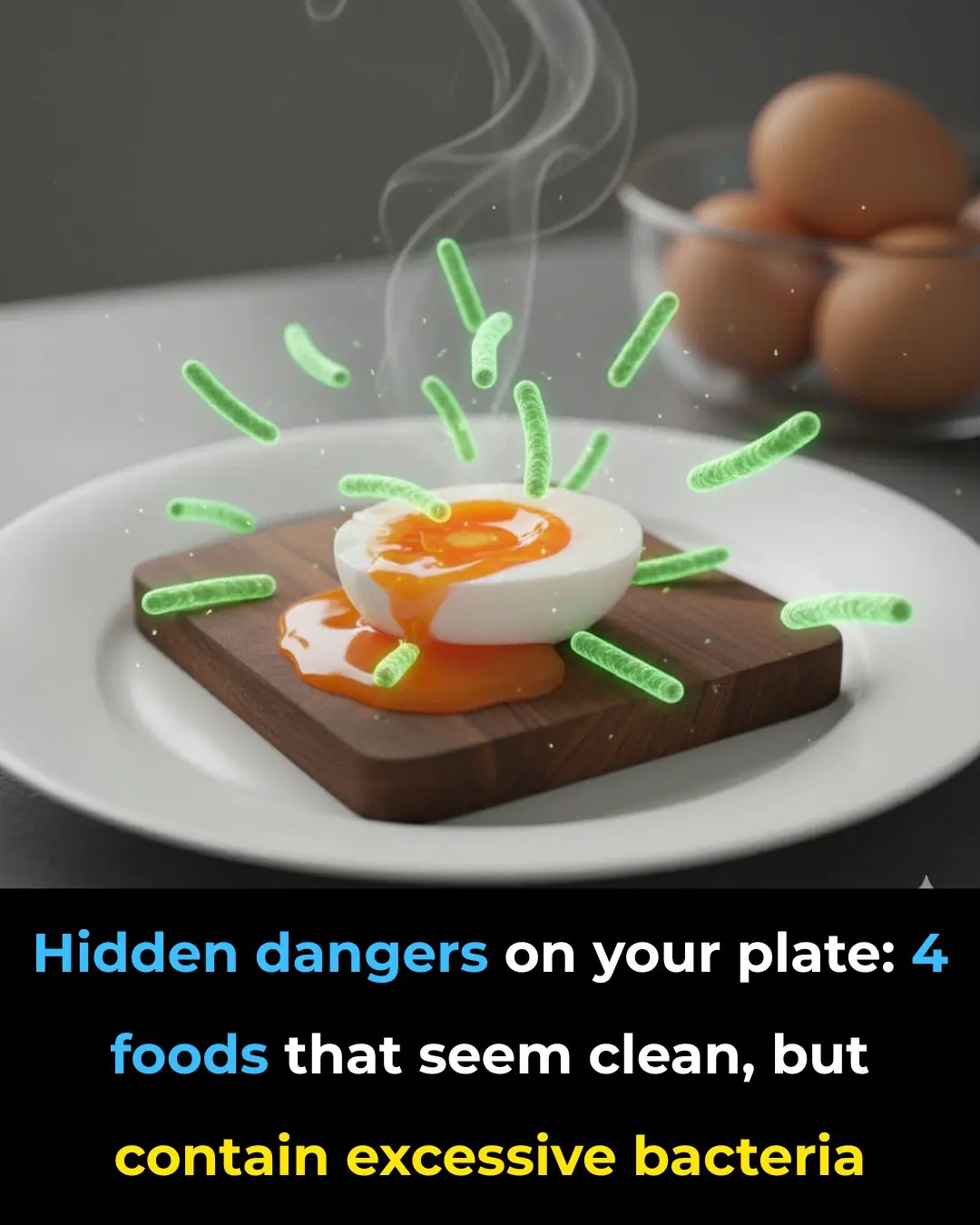
Hidden Dangers on Your Plate: 4 “Clean” Foods That Can Secretly Harm Your Health
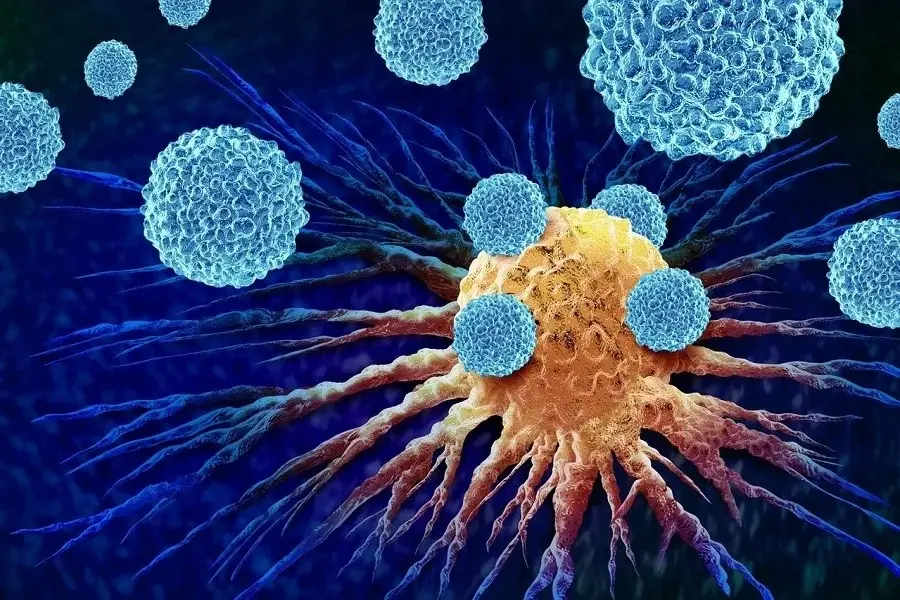
4 Unusual Signs in Your Neck That Could Be Symptoms of Cancer — Don’t Ignore Them
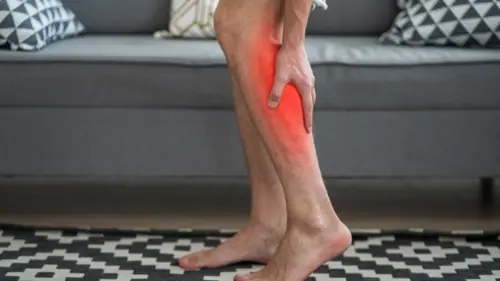
6 Warning Signs in Your Legs That Could Indicate a Serious Disease — Don’t Ignore Them
News Post

A 3-Year-Old Boy Got Super Glue in His Eye — His Mother’s “Golden 30 Seconds” Saved His Sight

Growing Concern Over Visceral Fat — Doctors Recommend 9 Foods to Help Burn It Naturally
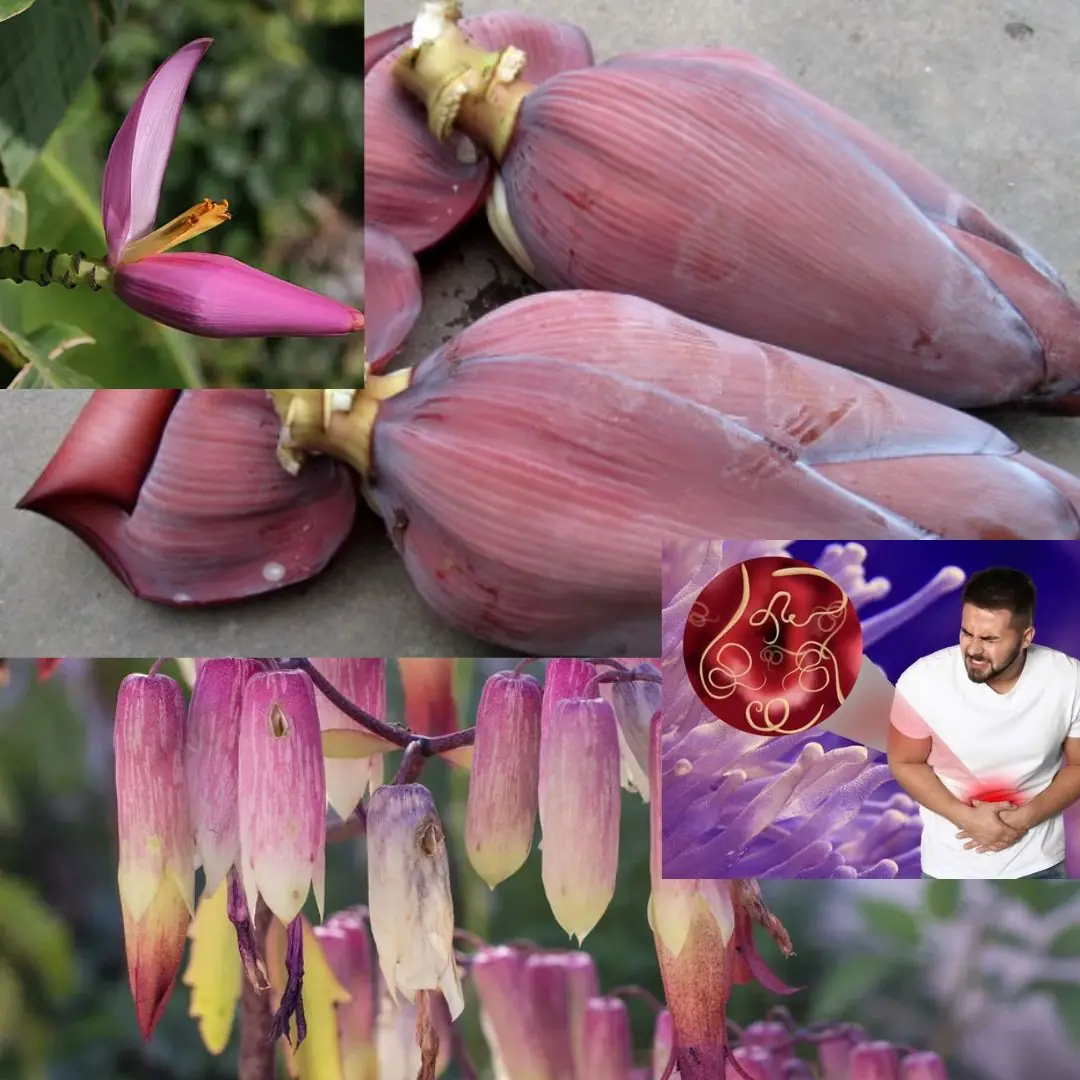
7 Amazing Health Benefits of Banana Blossoms
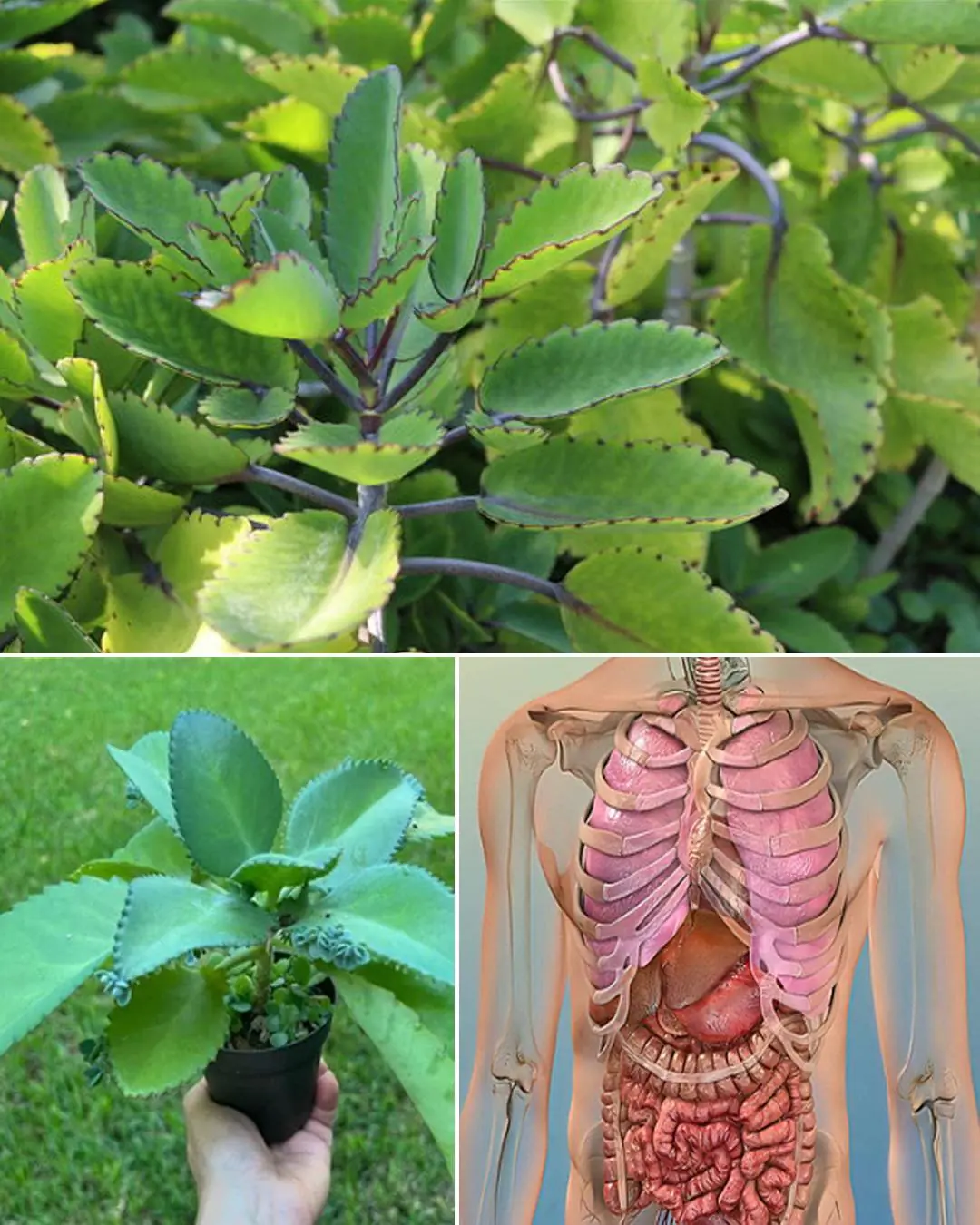
Bryophyllum Calycinum (Kalanchoe Pinnata): Benefits and Uses
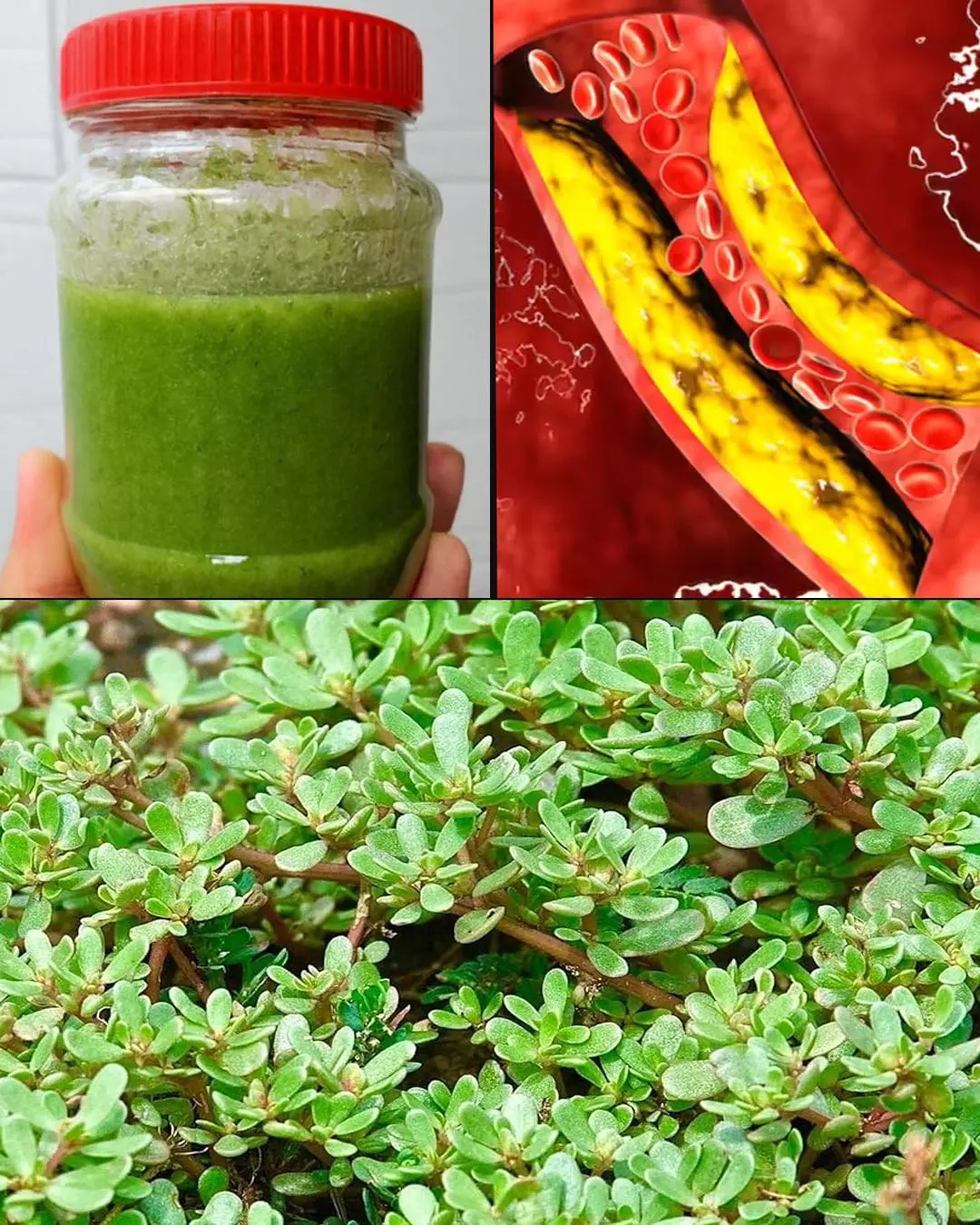
Purslane: The Superfood That Tastes Better Than Meat – 7 Reasons to Grow It in Your Garden
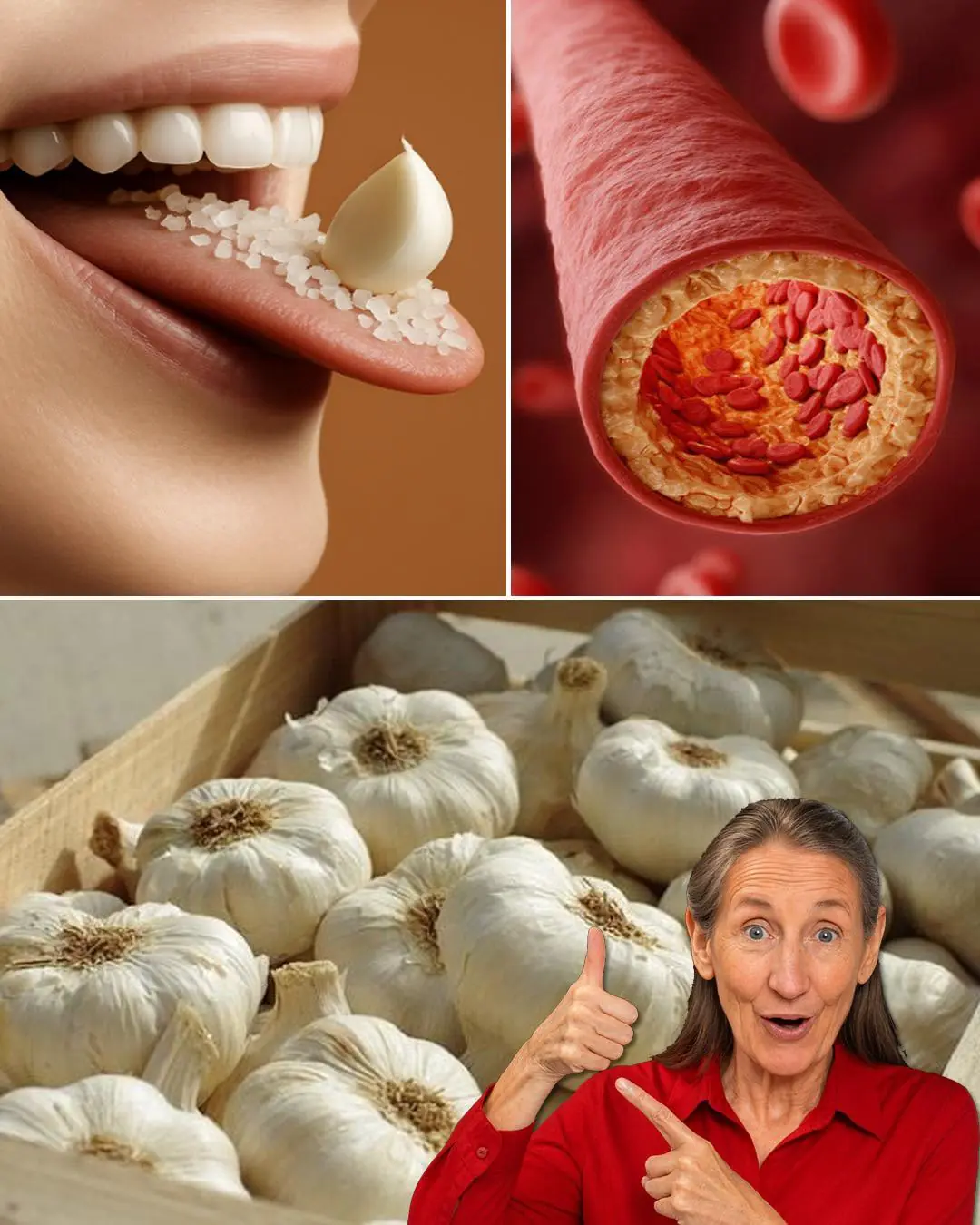
7 Benefits of Chewing Raw Garlic on an Empty Stomach
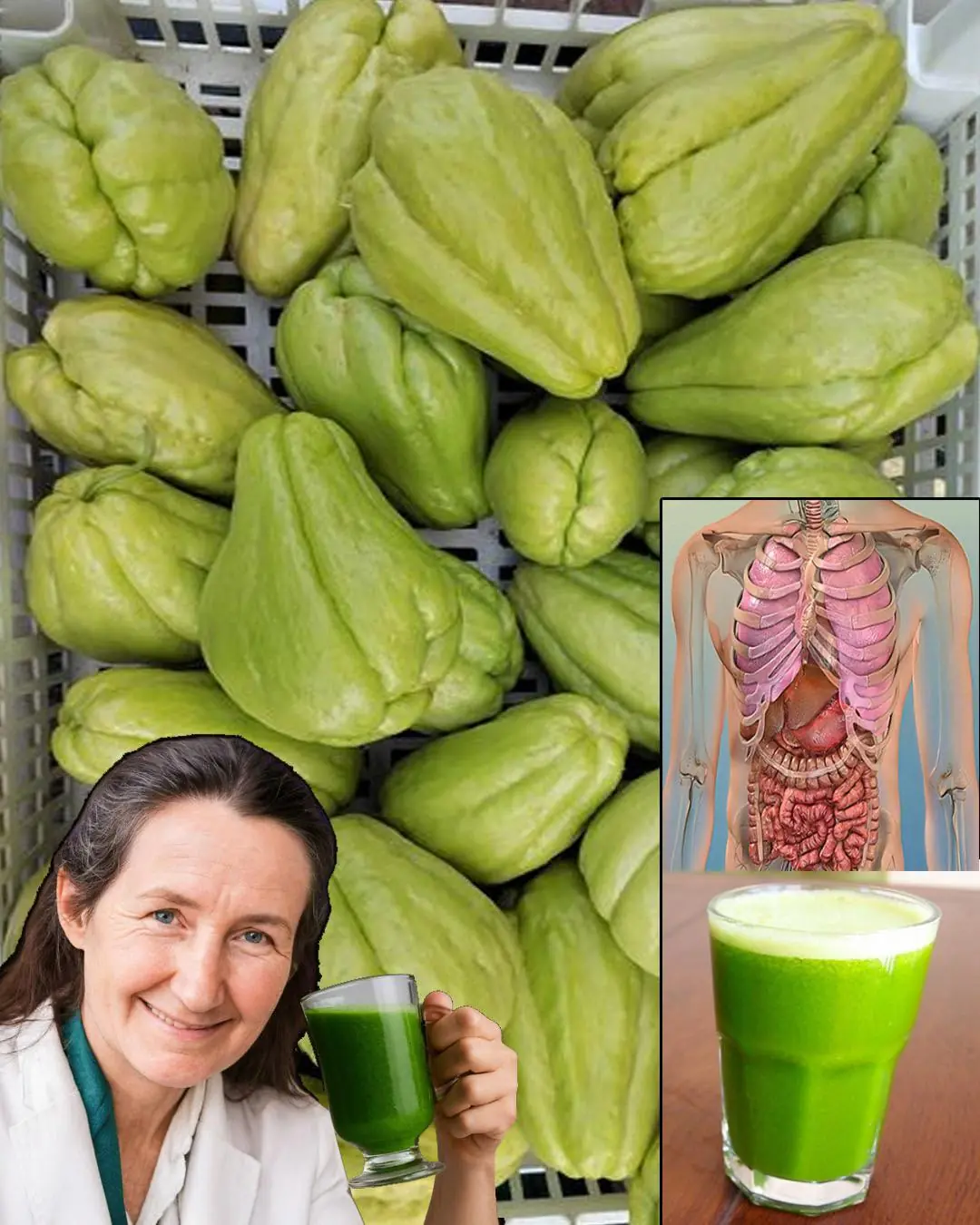
Chayote Remedy: Natural Cure for Pain, Swelling, Blood Pressure & Cholesterol
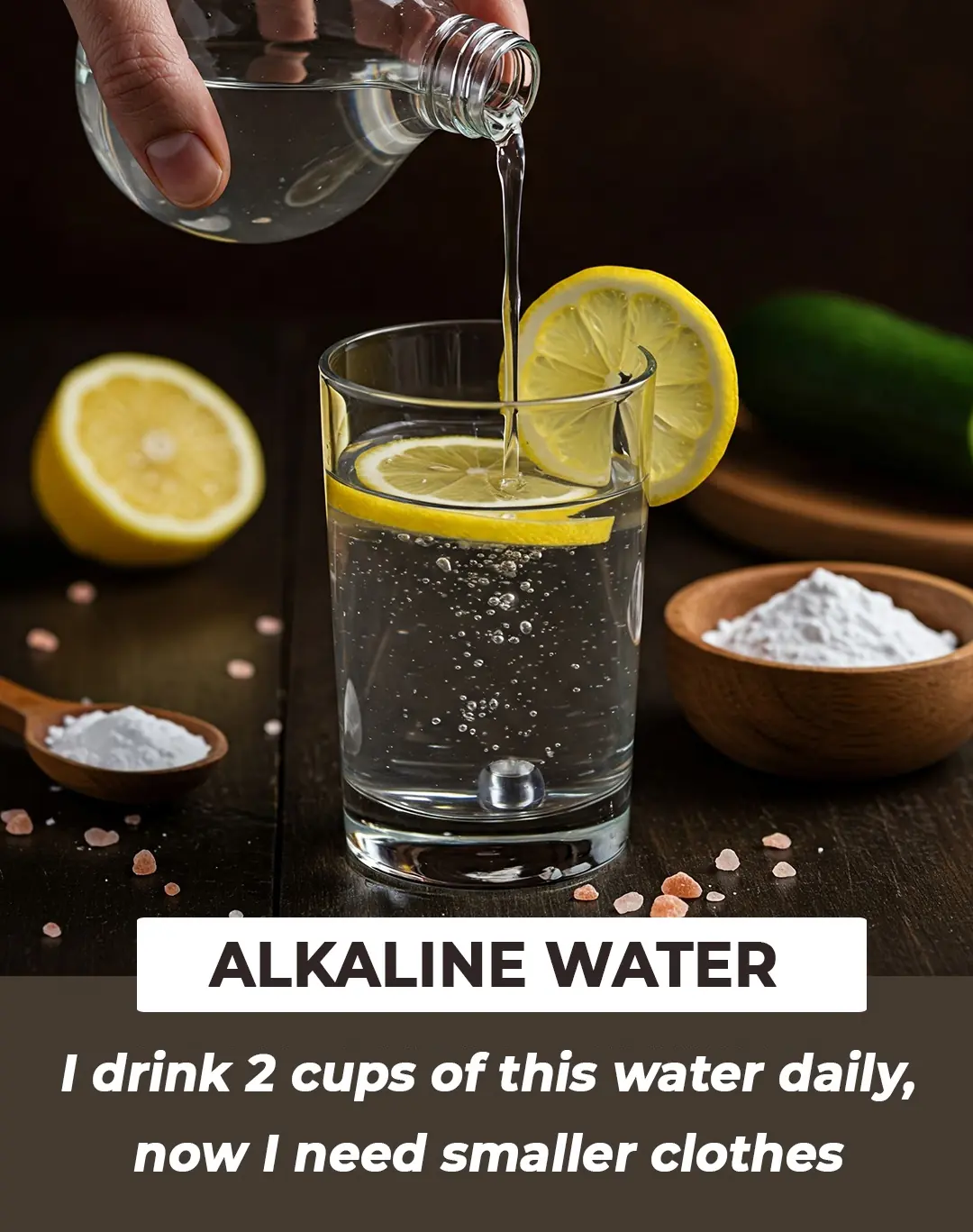
Alkaline Water – Recipe and Health Benefits for Skin & Hair
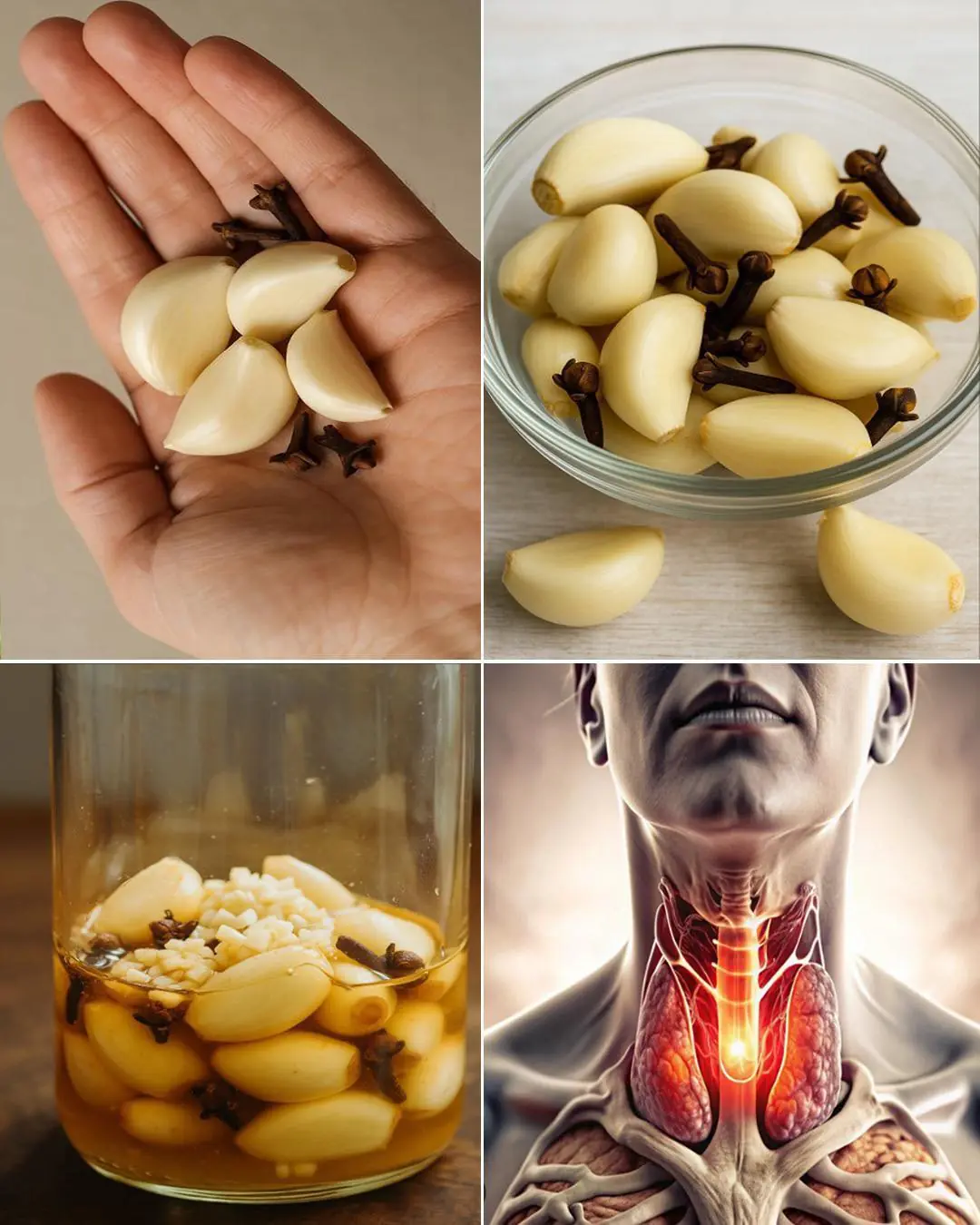
Garlic, Honey, and Cloves – a powerful natural remedy packed with health benefits
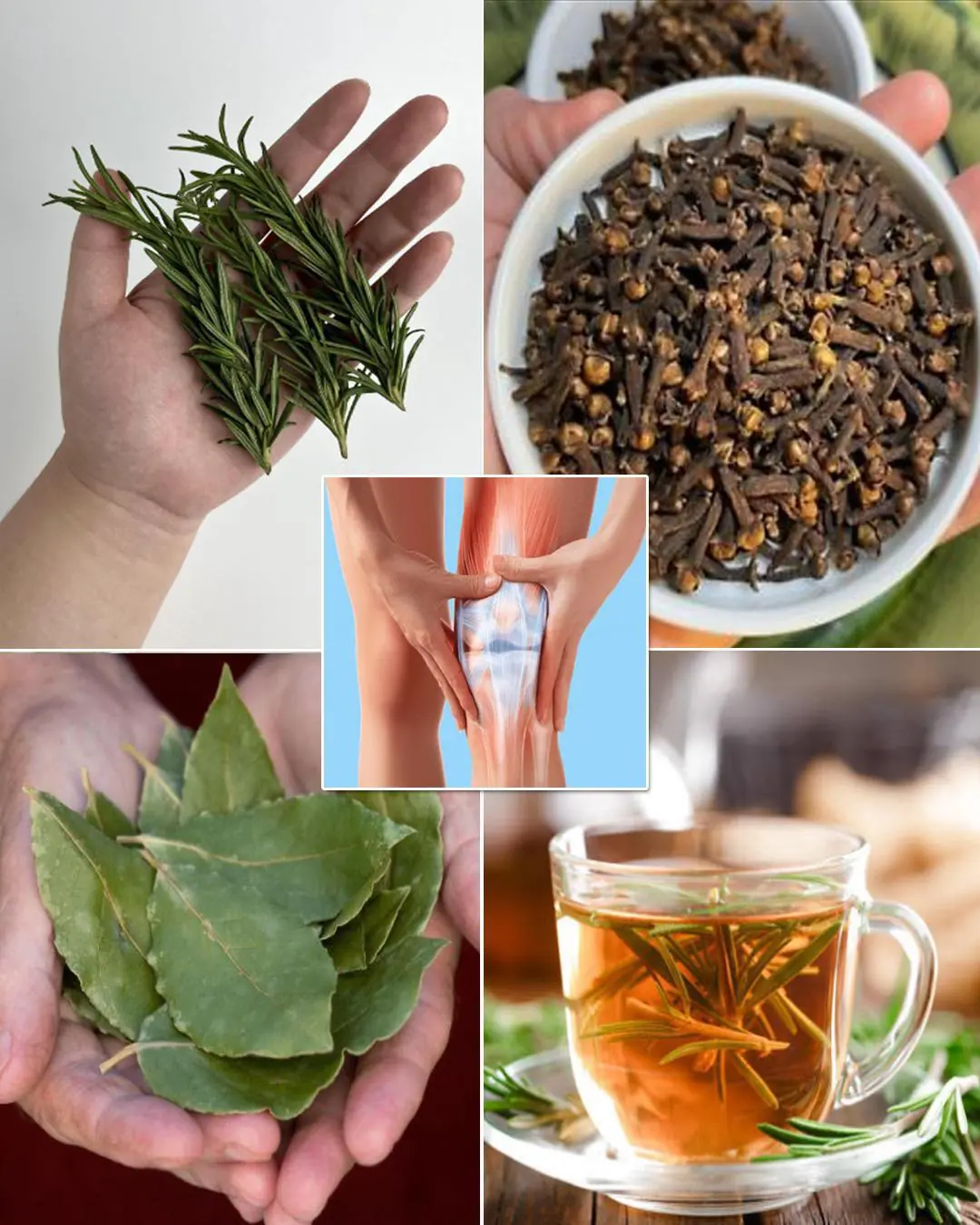
A Natural Blend of Rosemary, Cloves, and Bay Leaves
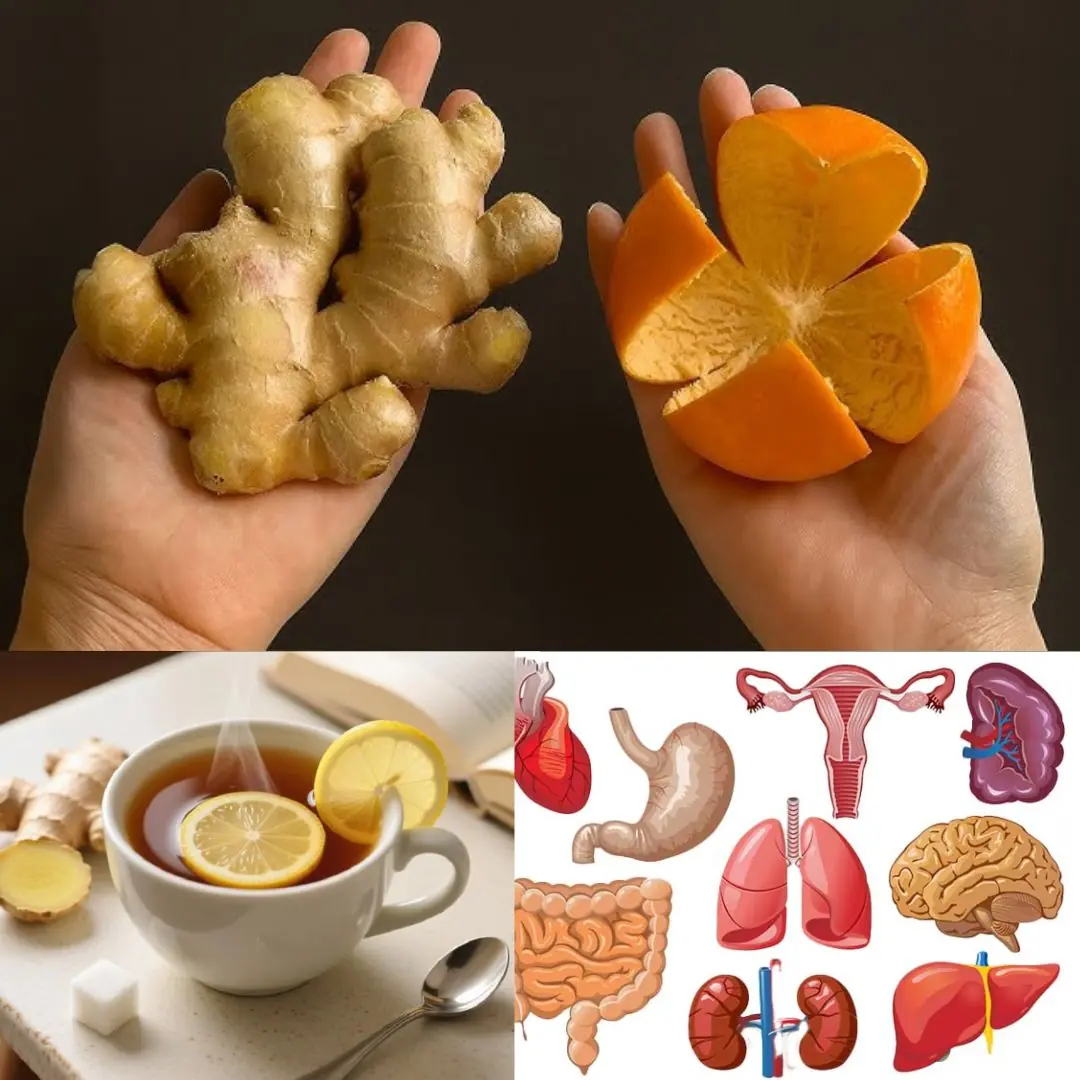
Ginger and Orange Detox Drink – Cleanse Kidneys, Liver, and Lungs Naturally
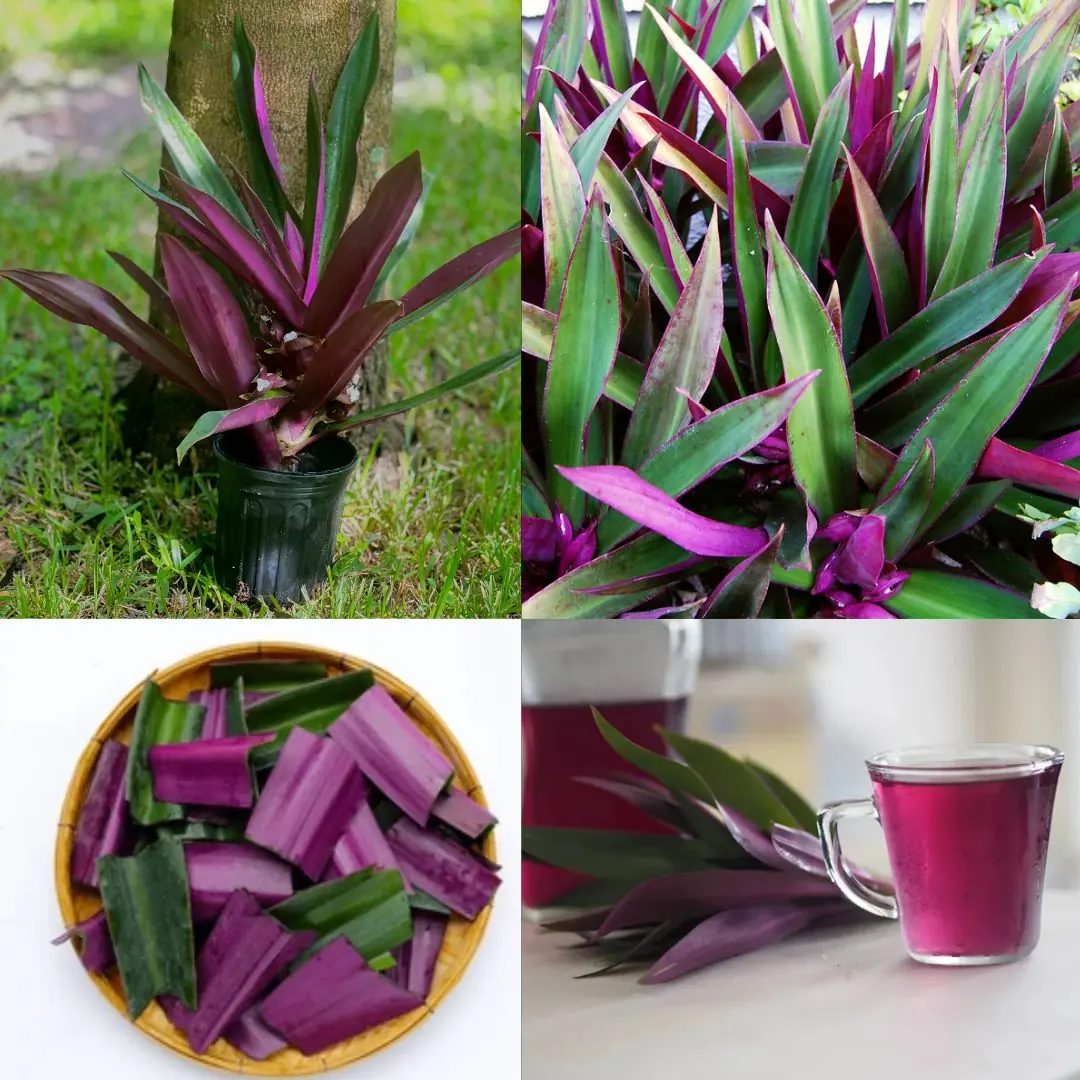
The Purple Maguey Plant — Benefits and Traditional Uses
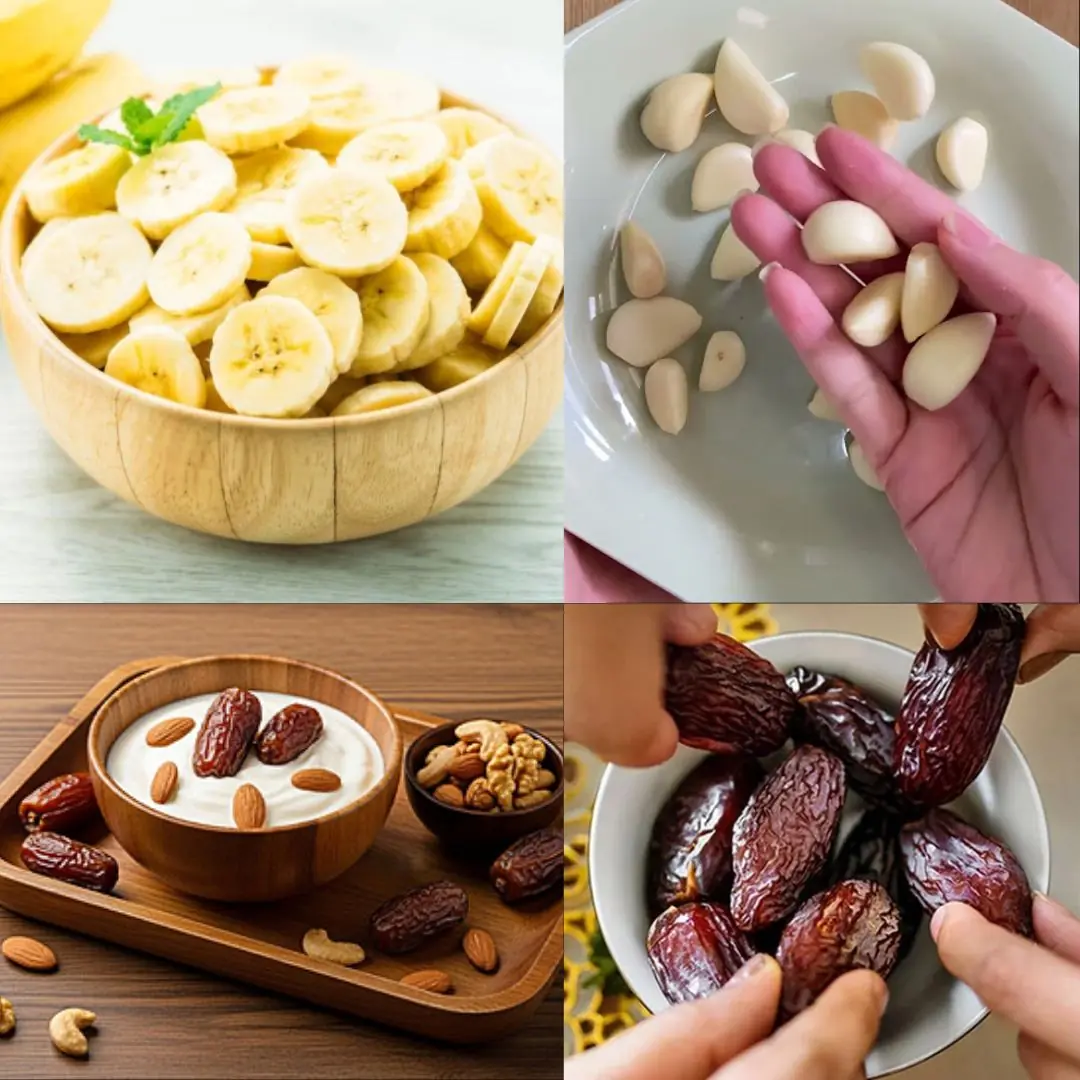
Bananas, Garlic, and Dates: The Powerful Health Combo

Make Your Sausages Juicier and More Flavorful With This One Simple Step Before Cooking
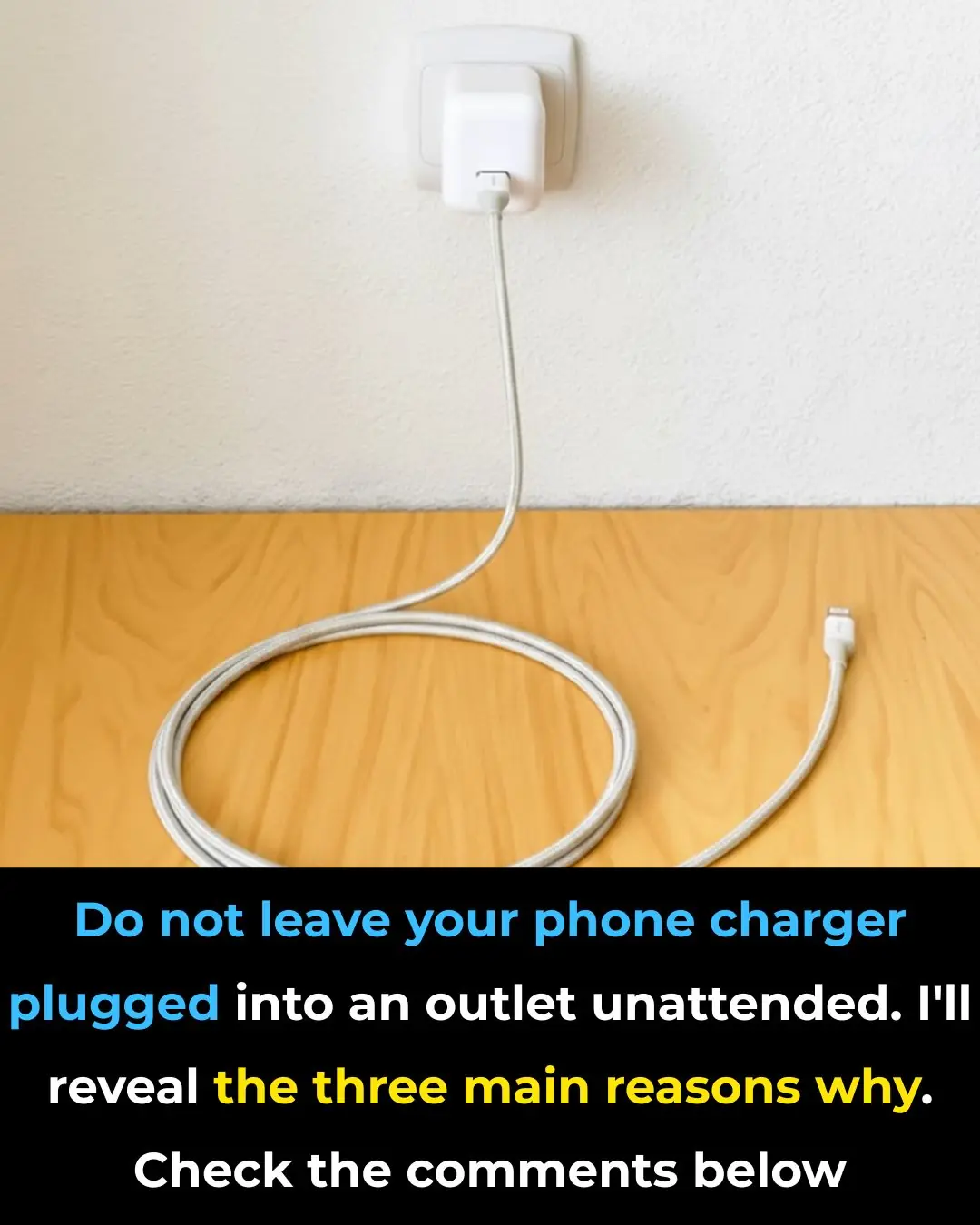
Don’t Leave Your Phone Charger Plugged In

“A Gift of Belief: How One Simple Act of Kindness Changed a Little Boy’s World”

Keep your bathroom clean and fresh all year round by applying these 7 small habits.

‘This Is An Opportunity For You To Get Some Portal Film’ | Deion Sanders’ Ruthless Scrimmage Urging Bench Players To Transfer Angers Fans

Texas Cheerleader Jumps Off Homecoming Float To Save Choking Toddler
